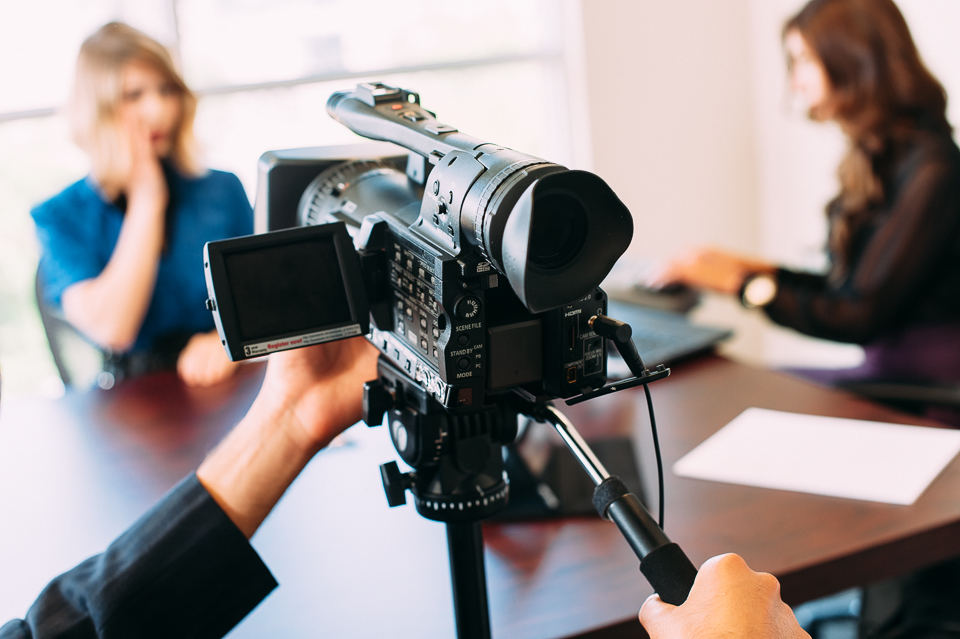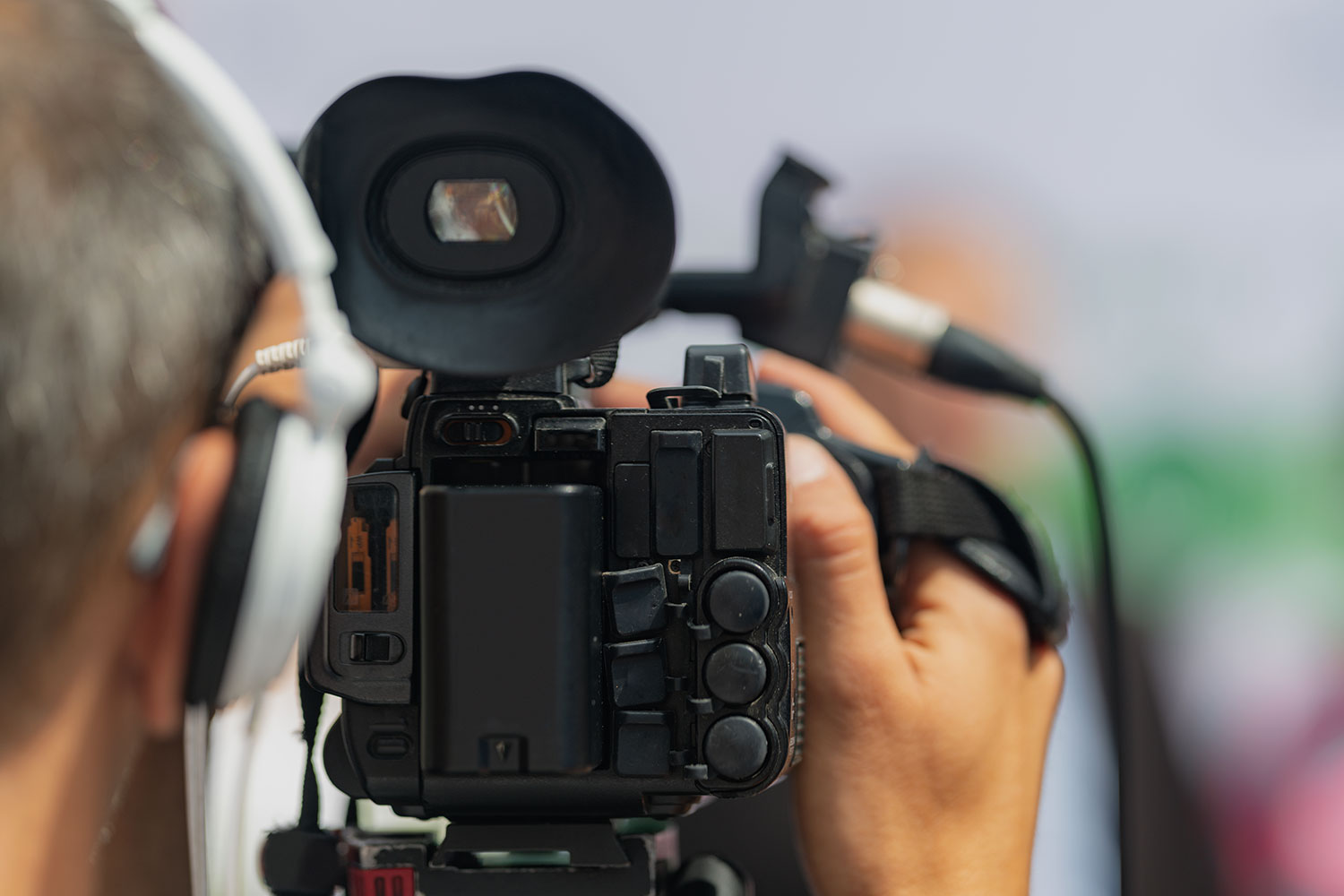Why Legal Videography Is Critical for Accurate Court Recordings
The role of legal videography in courtroom settings can not be overstated, as it functions as a crucial device for preserving the honesty of court documents. By recording both verbal and non-verbal communication, it enhances the clearness of witness testimonies and mirrors the nuances of court room communications. This extensive documents not just aids in reducing prospective misconceptions however additionally supports appellate reviews, consequently strengthening the judicial procedure. Nonetheless, the effects of incorporating legal videography into standard court room practices raise vital questions concerning its wider influence on the lawful system. What might these ramifications involve?
Relevance of Visual Evidence
In the world of legal procedures, the value of visual evidence can not be overemphasized. Visual proof offers as a powerful tool in developing facts, substantiating statements, and improving the total clarity of a case. This kind of proof, that includes photos, videos, and diagrams, can offer a concrete context that spoken summaries usually do not have, thus using juries and judges a clearer understanding of the circumstances surrounding a situation.
Additionally, visual evidence aids in the retention of details. Human cognition is inherently aesthetic, and people are most likely to bear in mind and understand information offered in an aesthetic layout. In the courtroom, this can be vital, as compelling visual evidence can guide point of views and enhance the story presented by legal agents.
Furthermore, using visual proof can decrease misunderstandings and obscurities that frequently occur from spoken exchanges. By giving a straight depiction of events, visual proof helps to eliminate subjective analyses and fosters a more objective assessment of the truths. The assimilation of visual proof right into legal procedures not only enhances the honesty of the judicial process yet likewise boosts the possibility of accomplishing a just outcome.
Recording Non-Verbal Cues
Utilizing innovative videography methods can substantially enhance the capture of non-verbal hints throughout legal proceedings. Non-verbal interaction, consisting of face expressions, body movement, and eye call, plays a vital role in sharing feelings and purposes that may not be clearly stated in verbal testimony. legal videography. Legal videography uses high-definition video cameras and strategic angles to make certain that these refined cues are tape-recorded with clearness and accuracy
The capacity to evaluate non-verbal behavior can provide valuable context to statements made throughout court sessions. A witness's reluctance or confidence can be analyzed with their stance or motions, possibly influencing the jury's assumption of credibility. In addition, using close-up shots can aid concentrate on an audio speaker's expressions, enabling a much more nuanced understanding of the testament.
Additionally, integrating several cam angles can produce an extensive sight of communications, highlighting characteristics between events involved. This read here complex method not just improves the precision of the court record yet additionally aids in preserving the integrity of the judicial procedure - legal videography. Ultimately, recording non-verbal signs via legal videography promotes a richer, much more complete depiction of court room process

Enhancing Testimony Dependability
The dependability of testament can be considerably bolstered through using high-quality lawful videography. Video clip recordings function as an unbiased tool that catches not only the talked words of witnesses yet additionally the nuances of their shipment, including tone, pacing, and psychological expressiveness. This diverse paperwork offers a clearer understanding of the witness's reliability and intentions, which can be essential in lawful procedures.
Furthermore, lawful videography minimizes the possibility for misinterpretations that might arise from created records alone. When jurors can a fantastic read observe a witness's demeanor and body language combined with their testimony, they are better furnished to evaluate the credibility and integrity of the evidence presented. This aesthetic context can enhance the testimonial narrative, making it a lot more compelling and credible.
Additionally, the visibility of a video recording can discourage prospective inconsistencies in testament. Witnesses may be much more cautious in their declarations when they know they are being taped, resulting in even more exact and honest accounts. Overall, premium legal videography boosts the integrity of testament, ensuring that the court has access to a complete and honest representation of the facts as shared by the witnesses.
Supporting Appeals and Reviews
Legal videography plays an important duty in supporting allures and evaluations by supplying a detailed visual document of court proceedings. This visual documents captures not only the spoken words of witnesses and attorneys however also the subtleties of body language, tone of voice, and courtroom dynamics. Such elements can be crucial in understanding the context of testimonies and disagreements provided.
In the appellate procedure, where the focus gets on mistakes of law and procedural justness, a video record can act as a vital device for appellate courts. It allows judges to examine the original trial context, making sure that choices are based on a total understanding of the procedures. The ability to visually analyze the temperament of witnesses or the communications between events can reveal insights that written transcripts use this link might forget.

In addition, legal videography can assist in clearing up ambiguities in testaments or step-by-step judgments, thereby strengthening the basis for an appeal. By offering a dependable, unbiased account of what transpired in court, lawful videography not just supports the integrity of the lawful procedure however also encourages all events included to make enlightened decisions regarding their instances.
Streamlining Court Room Processes
Enhancing court effectiveness, legal videography simplifies processes by offering immediate access to visual records of procedures. This innovation enables courts, attorneys, and juries to revisit crucial testimony and proof, guaranteeing that all celebrations have a clear understanding of the instance. By recording the subtleties of spoken and non-verbal interaction, videography improves the document, making it much easier to understand the context and weight of statements.

Furthermore, video recordings can facilitate remote engagement in hearings, enabling higher flexibility in scheduling and engagement, which is particularly beneficial in intricate cases involving numerous stakeholders.
Conclusion
To conclude, legal videography plays a vital function in making sure accurate court recordings by giving important aesthetic evidence that captures both verbal and non-verbal interaction. This technique improves the dependability of statements, sustains appellate testimonials, and enhances courtroom processes. By fostering a detailed understanding of court room characteristics, legal videography eventually contributes to more fair judicial results, reinforcing the honesty of the legal system and assisting in informed decision-making.